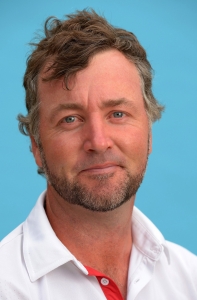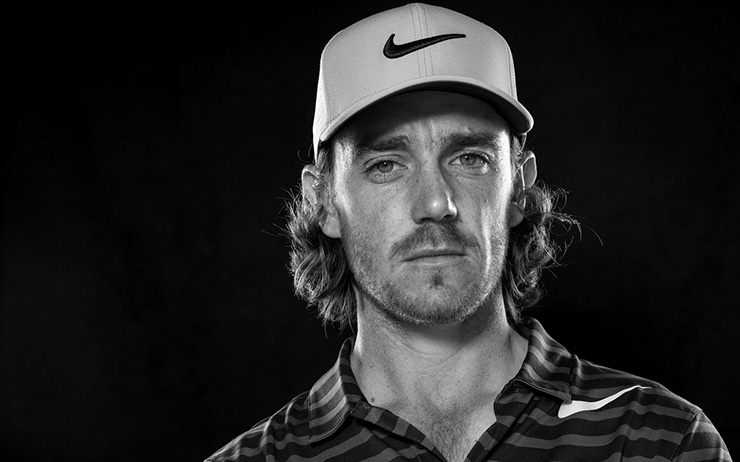The job of identifying young players with the potential to be future European Tour stars requires its own mix of talent and intuition
By John Huggan
Out and about on the European and PGA tours, it is never difficult to spot Tommy Fleetwood. A winner in Abu Dhabi this year and runner-up at the WGC-Mexico Championship, the Englishman’s lengthy locks and unshaven stubble give him the look of a 1970s rock musician. Before he unleashes his powerful swing, it’s only the Nike swoosh on his hat, shirt, pants that reveal him to be a professional golfer.
Sartorially, Fleetwood has had an association with Nike since his early teens. Identified as a player of rich promise early in his amateur career, the now 26-year-old is one of the higher-profile products of a system that seeks to build long-term relationships with possible stars of the future.
At age 20, Fleetwood was already good enough to top the 2011 European Challenge Tour money list. Which was no surprise given that he was the No. 1 ranked amateur in the world when he turned professional, having been runner-up in the British Amateur in 2008, a Walker Cup player in 2009 and English Amateur champion in 2010.
All of which was achieved with a panache immediately obvious to all—“he was never afraid to take on any shot, no matter how risky or difficult,” says one contemporary—and the flinty determination typical of his working-class North England roots. Add it up and Fleetwood’s potential to compete at the highest level was clear from an early age.
Still, picking those who will realize that potential is no easy task. Golf history is littered with “can’t miss” players who did miss and, conversely, those who turned out to be unlikely success stories.
“A high level of performance is obviously key in our decision-making,” says Danny Denison, sports marketing field representative for Nike. “But every player is different. There isn’t one formula we can follow. Personality is also part of the equation. We look for good ambassadors, which is why we spend so much time at the top amateur events. We need to know that they are going to work hard and progress. And I trust Raymond to have strong opinions on all of the above.”

Raymond Russell, a former European Tour player, now works to spot rising stars that his bosses at Nike might want to sign to endorsement deals
The “Raymond” to whom Denison refers is former European Tour player Raymond Russell. For the last 2½ years the 44-year-old Scot has been employed by Nike to pinpoint and recommend the sort of young up-and-comers the sportswear giant might support. In that role, he has become a familiar face at many of the highest-profile boys and amateur events across the British Isles and continental Europe.
“Sourcing talent is my job description,” says Russell, who won once on the European Tour and finished T-4 in the 1998 Open Championship at Royal Birkdale. “Ideally, we are looking for the next superstar.”
Actually, spotting someone on that elevated level is the relatively easy part. Singling out players likely to reach the next rung down is trickier. But it can be done, if one knows where to look and what to look for.
Long before he guided the likes of Graeme McDowell, Darren Clarke, Louis Oosthuizen and Henrik Stenson to major championship victories, swing guru Pete Cowen had a gig as coach to the Irish Boys’ squad. The standout player in the group, as every Golfing Union of Ireland official was quick to tell Cowen, was a lad by the name of Rory McIlroy. Even then, it was obvious to all that the Belfast boy had star quality.
At the end of his initial session with the squad, Cowen was asked for his thoughts. He confirmed what everyone already knew regarding the young Rory, but added that there was “another really good one out there.” Pressed as to who that might be, Cowen said, “the little fat kid with the glasses.” Today, that kid is better known as Shane Lowry, the man who led the 2016 U.S. Open at Oakmont with 18 holes to play.










